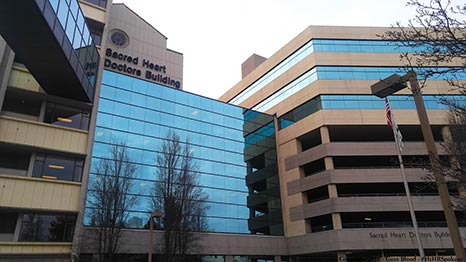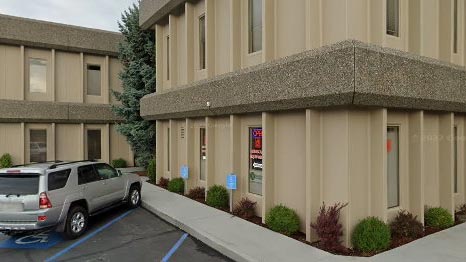Changes in Skin During Pregnancy
Some pregnant individuals experience changes to their skin in pregnancy. Here are the most common skin conditions encountered when pregnant:
Melasma (Cholasma)
Melasma often presents as a brown or gray-brown patches on the face, forehead and upper lip. These discolorations are due to an increase in the body’s melanin. Melasma usually fades after you give birth. To prevent melasma from getting worse, use sun-screen or sun protection when out in the sun.
Stretch marks (Striae)
Stretch marks present on the abdomen as the skin stretches to accommodate a pregnancy. Stretch marks are usually pink or reddish lines and can also appear on the hips, breasts and thighs. There are no creams or lotions that have been shown to decrease the appearance of stretch marks. Usually stretch marks lighten and fade after the pregnancy and with time.
Acne
The hormonal changes in pregnancy can lead to acne flare ups. Acne from pregnancy can appear on the face, chest and back.
Some things you can do to prevent and treat acne:
- Wash your face twice a day with a mild cleanser
- Use oil-free cosmetics
- Use face cleansers with benzoyl peroxide or salicylic acid
Skin Itching (Pruritus)
Skin itching in pregnancy is very common and most of the time occurs without any underlying cause (idiopathic pruritus). The itching most often affects the abdomen and thighs. Oatmeal baths, thick coating lotions and antihistamines (such as Benadryl) can help decrease the itching.
Intrahepatic Cholestasis of Pregnancy (ICP)
ICP is a liver condition that happens during pregnancy. The main symptom of ICP is severe itching with no rash. The itching usually starts on the soles of the hands and the palms of the feet, but can spread to the rest of the body. ICP is diagnosed with blood tests to check your liver. If you have ICP in pregnancy, you will need close monitoring as ICP can increase risk of complications in pregnancy.
Pruritic Urticarial Papules and Plaques of Pregnancy (PUPPP)
PUPPP is a rash characterized by itchy, red, raised bumps and hives. They typically start on the abdomen, but can spread to other areas of the body. We are unsure of the cause of PUPPP, but the same treatment for itching skin can be used to treat PUPPP. You can also consult with us or your health care provider for some anti-itch medication.
Varicose Veins
Varicose veins occur when the valves in your veins weaken or malfunction. Pregnancy increases the pressure on the veins which can contribute to varicose veins. Varicose veins are often in the lower legs but can also be in the vulva and rectal area (hemorrhoids). Common symptoms of varicose veins include bulging, blue or purple veins, aching or throbbing in the legs, and a feeling of heaviness or discomfort int he affected area.
Prevention and Management of Varicose Veins:
- Stay active: Regular movement like walking will improve circulation to your legs
- Leg Elevation: Elevating the legs when resting can reduce swelling and relieve pressure on the veins.
- Compression Stockings: Graduated compression stockings can help improve blood flow in the legs. You can get compressions stockings at most pharmacies, including online websites.
- Avoid prolonged sitting and standing: Taking regular breaks to walk and move around will again help improve circulation in your legs.
- Maintain a Healthy weight: Maintaining a healthy weight can help reduce the pressure on your veins.


